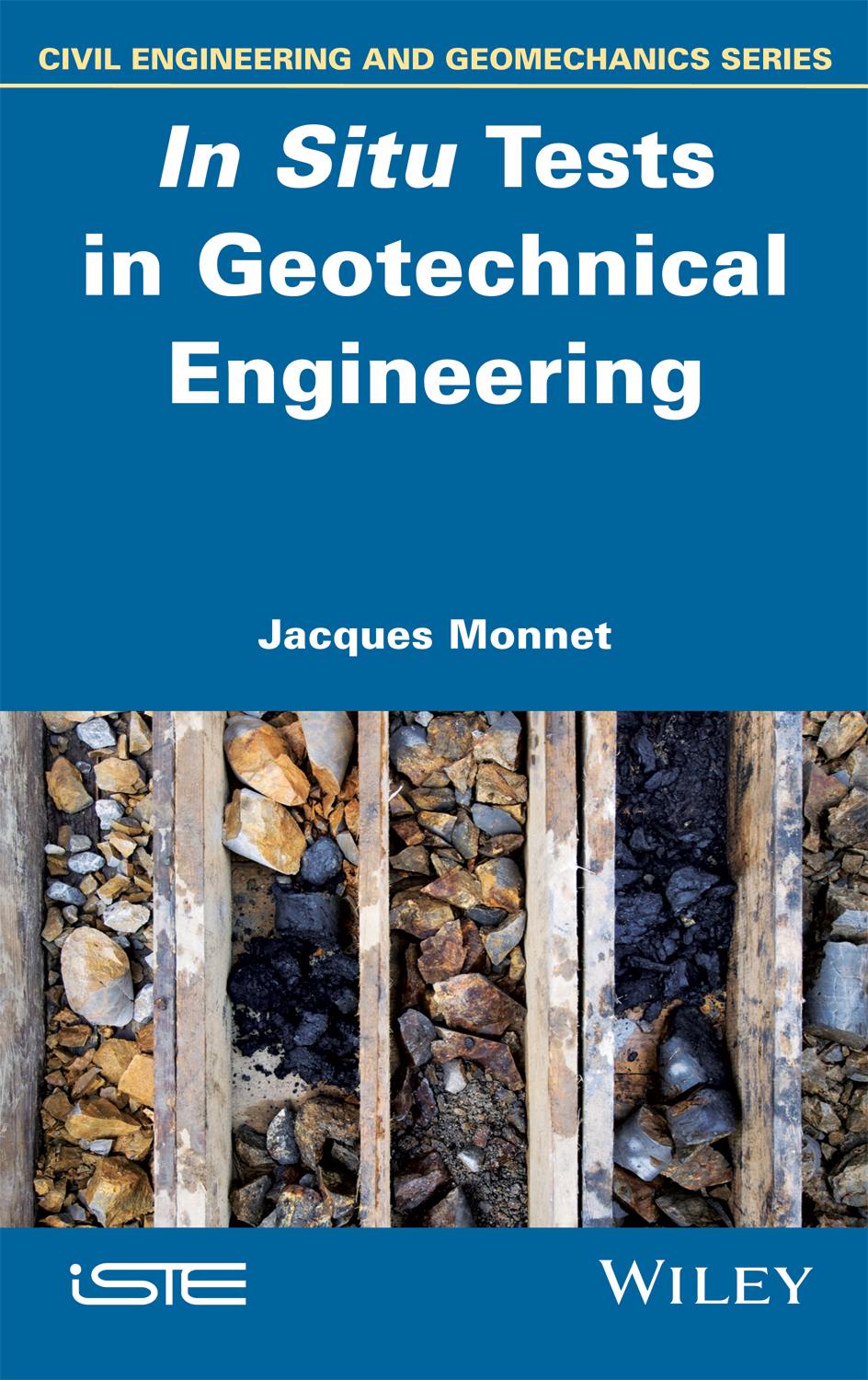
In situ geotechnical tests have long suffered from a lack of credibility amongst academics who have always preferred laboratory tests, where test conditions are known and optimal measures are controlled. In this title, the author reinstates in situ geotechnical tests in the field of civil engineering by showing what they can do for our understanding […]
In situ geotechnical tests have long suffered from a lack of credibility amongst academics who have always preferred laboratory tests, where test conditions are known and optimal measures are controlled.
In this title, the author reinstates in situ geotechnical tests in the field of civil engineering by showing what they can do for our understanding of the mechanical quantities measured in the laboratory, but also by presenting their advantages in allowing research to go further in finding data that is inaccessible to laboratory tests.
This book is aimed at engineers as well as students and researchers of geotechnical topics. It provides the reader with useful information for carrying out optimal in situ tests to achieve a better adaptation of civil engineering works in relation to the ground.
1. Measuring Water Content and Density.
2. Soil and Rock Sampling Methods.
3. Measuring the Total Pressuring, the Interstitial Pressure and the Groundwater Table Rating.
4. Measuring Movement, Settling and Force.
5. Static Loading Tests.
6. Tests by Flat Dilatometer (DMT).
7. Penetrometer Test (CPT, CPTU, SPT, DCPT) and Variants.
8. Direct Shear Tests In Situ.
9. Pressuremeter Tests (PMT, SBP) and Variants.

